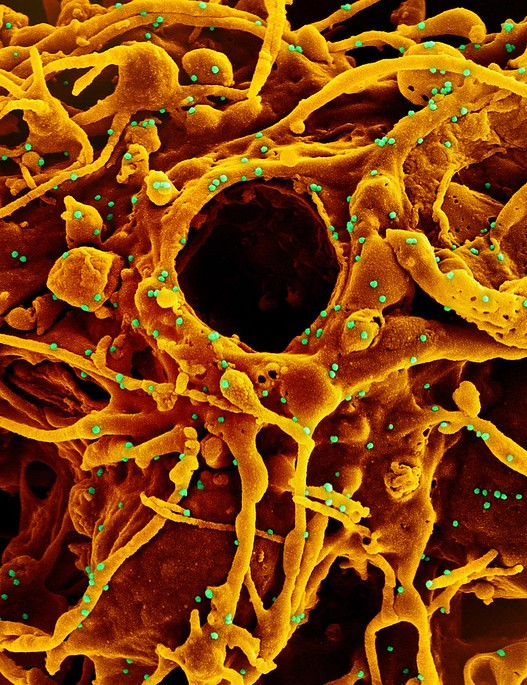
Global COVID-19 indicators continue to decline in most parts of the world, apart from an uptick in deaths in the African region, the World Health Organization (WHO) said today in its latest weekly update.
With fewer countries testing and reporting cases, the WHO said that trends in hospitalizations and intensive care unit (ICU) admissions are more accurate indicators, though only small percentages of countries regularly report those levels. Hospitalizations declined 47% over the past 28 days, and, of 19 countries that consistently report their levels, only Malta and Bangladesh reported increases of 20% or more over the past month.
ICU admissions dropped 66% over the same period, and, of 15 countries that regularly report ICU data, none reported increases of 20% or more over the past 4 weeks.
Deaths in Africa were up 43%, though the rise was from a low baseline level, the WHO said.
Deaths in Africa were up 43%, though the rise was from a low baseline level.
Though tracking cases isn't a true gauge of COVID activity, the WHO said some countries are still feeling the burden of the disease. Countries that saw notable increases over the past 28 days include Zambia, some territories in the Caribbean, Bhutan, Bangladesh, and Kirbati.
Regarding variant tracking, the WHO said the proportion of the Omicron XBB.1.5 variant continue to decline steadily and is at 19.8%, while levels of XBB.1.16 are still rising, now at 22.1%. Three variants under monitoring also showed rises, including XBB, XBB.1.9.2, and XBB.2.3.
Few hot spots in Europe
In its weekly update today, the European Centre for Disease Prevention and Control said COVID activity continues to remain at decreasing or stable levels. Luxembourg was the only country to report a rise in cases, and Malta reported a rise in hospitalizations and deaths.
Of nine countries reporting an adequate volume of sequencing results, the proportion of the XBB.1.5 subvariant was 92.9%.
 Of 230 COVID-19 survivors in Italy infected during the first pandemic wave, 36.1% still had symptoms at 2 years, finds a
Of 230 COVID-19 survivors in Italy infected during the first pandemic wave, 36.1% still had symptoms at 2 years, finds a 











